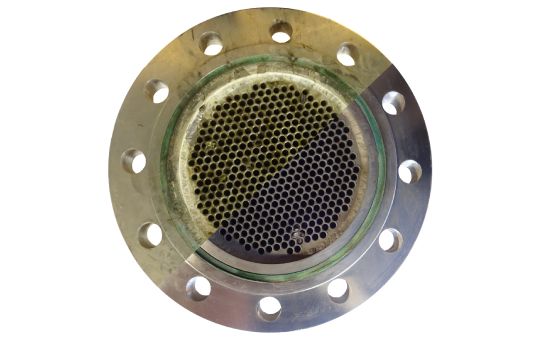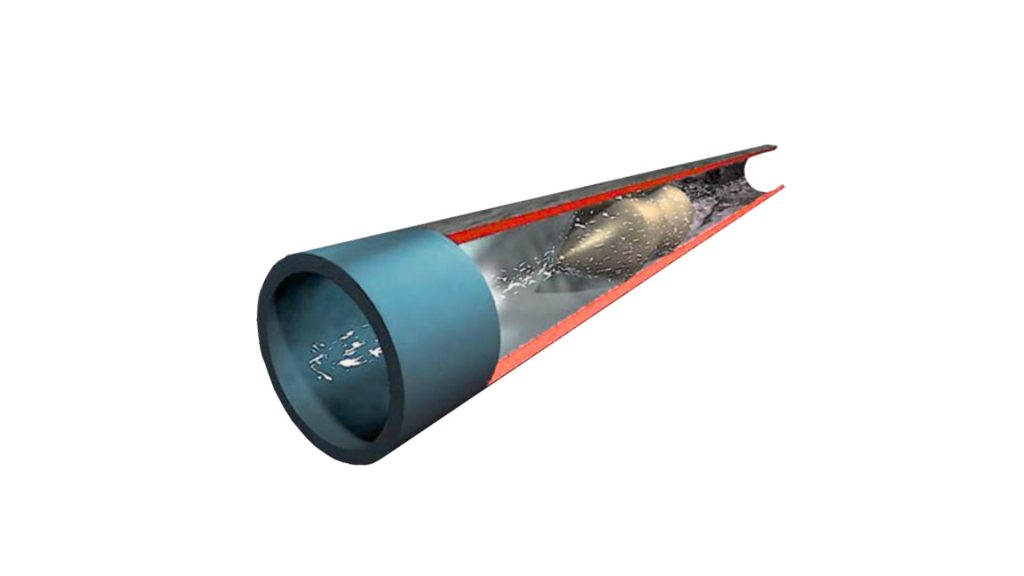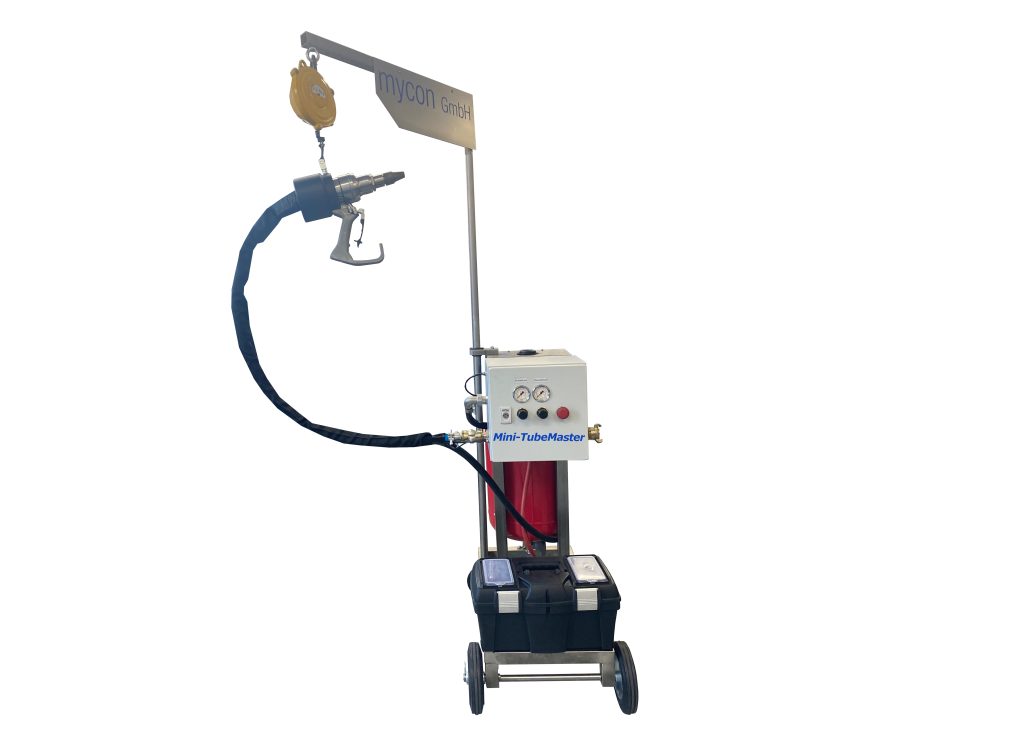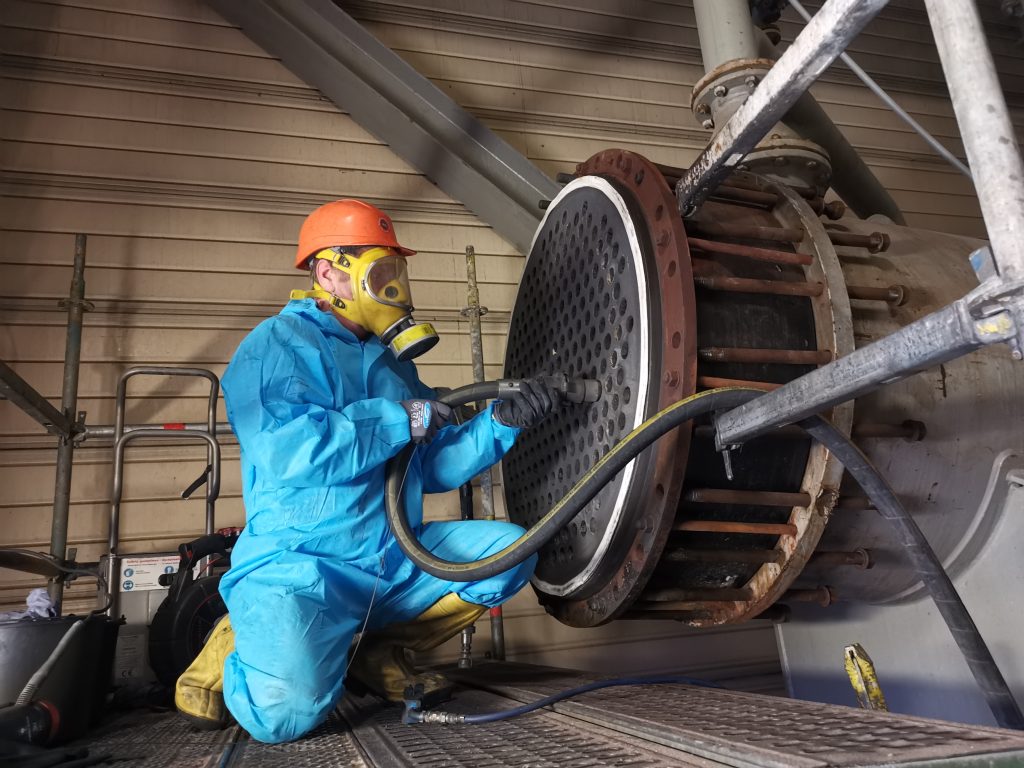Suitable Products
JetBoy/JetBoy SP
JetMaster/JetMaster AS
PowerMaster
FluidMaster
JetBoy AS
TubeMaster
Mini-PowerMaster
Mini-FluidMaster
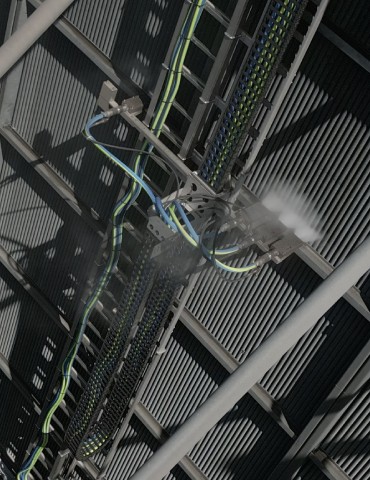
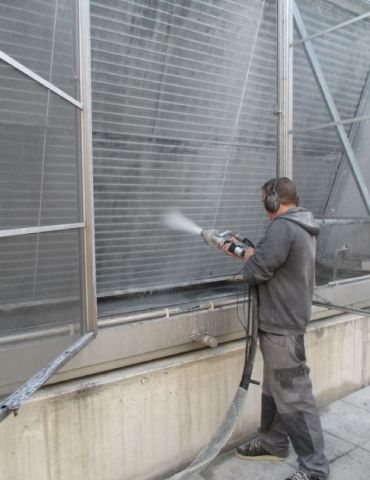
Heat Exchanger Cleaning
Heat exchangers are found in many areas and are important components, e.g. for engine cooling, for cold stores and for air conditioning systems. They are the most widely used energy transfer systems. The global share of total energy consumption is considerable and amounts to about 20%. In developing countries, the energy demand for air-conditioning is also increasing by 7% per year. This growth is predicted to continue at least until 2050. An increase in the efficiency of the systems by only 5% would therefore already have a considerable global impact. Heat exchangers quickly become contaminated by sand, dust, pollen and other suspended matter in the environment. The dirt forms an insulating layer. This reduces energy efficiency considerably. As a result, energy costs quickly increase by 10-20% or more. In addition, corrosion caused by fouling leads to a reduction in the operating time of the units. Up to now, the cleaning of heat exchangers has mostly been carried out with chemicals (spraying method). In addition or afterwards, compressed air is usually used. This method is often unsatisfactory in terms of cleaning success and is also harmful to the environment and employees.
Clean Heat Exchanger
Another way is to use high-pressure cleaning equipment, which in this case is operated at relatively low pressure and mostly with the addition of chemical cleaning agents. However, the dense water jet can bend the sensitive fins very quickly, especially if the jet hits them at an angle. The dense water jet cannot completely penetrate the heat exchanger, at least with larger construction depths. The front section then becomes clean, but not the entire inner surfaces. In addition, the amount of water needed is many times greater than with the JetMaster method, and the water is also contaminated with environmentally hazardous cleaning agents.
The new JetMaster process was developed in cooperation with a university and offers considerable advantages in terms of cleaning success, cleaning costs and environmental friendliness. JetMaster works exclusively with compressed air and small amounts of normal water (drinking water quality).
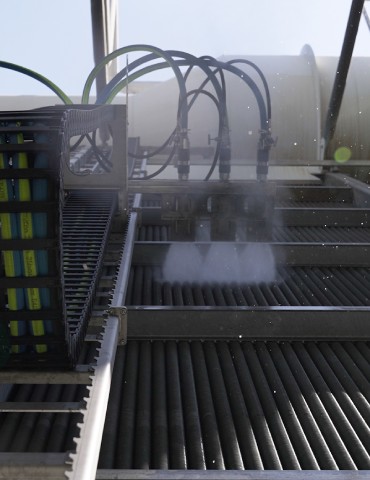
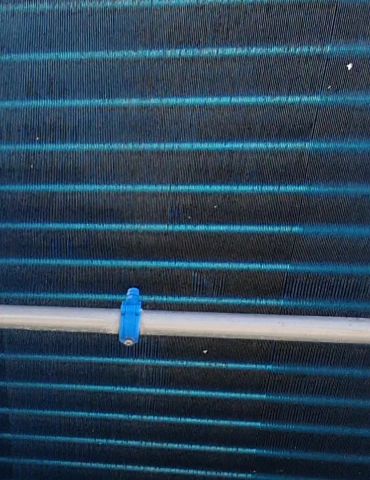
Cleaning the Finned Heat Exchanger
- Since only air and clear water without chemicals are used, the only remaining impact on the environment is the operation of an air compressor.
- The energy consumption for air-conditioning systems, cooling systems and engine radiators is decisively reduced. The energy expenditure for the “JetMaster” cleaning process is far below the amount of energy saved by cleaning.
- Since JetMaster only uses very small amounts of water – usually approx. 30-90 ltr. water / hour, depending on the required capacity and attachment nozzles – JetMaster contributes to the conservation of water resources to a high degree.
- The procedure cannot cause injury even if the jet hits the skin directly. Since only compressed air and clear water without chemicals are used, there is no damage to the respiratory tract.
- The cleaning process is used in preventive maintenance. The service life of the equipment is increased by the gentle cleaning, as corrosion and other possible damage is prevented.
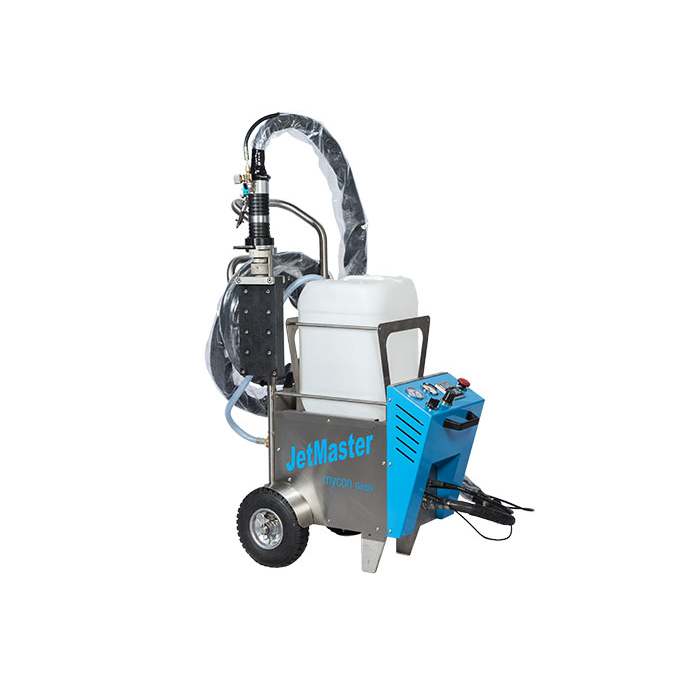
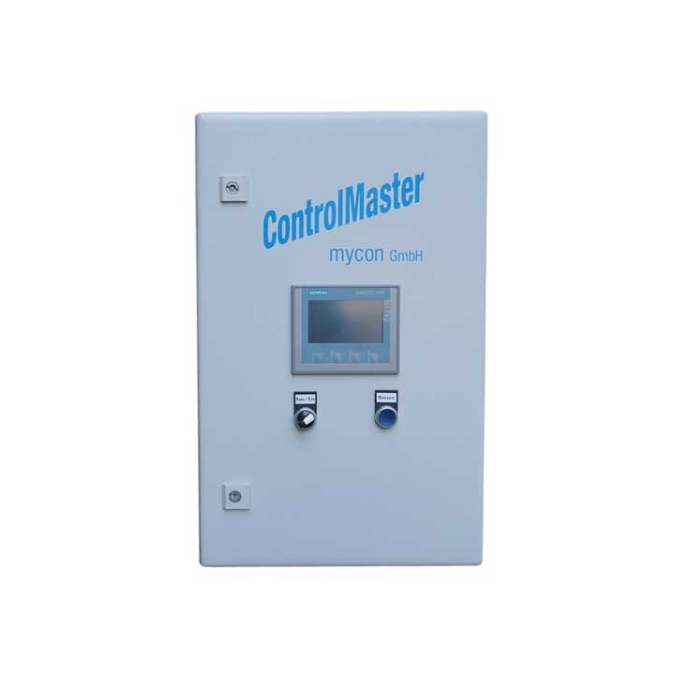
Fin heat exchangers can be found in many areas and are important components, e.g. for engine cooling, for cold stores, air conditioning systems and energy production. They are the most widely used energy transfer systems. They account for a substantial 23% of the world’s total energy consumption. In developing countries, the energy demand for air conditioning is also growing significantly due to global climate change. This growth is predicted to continue at least until 2050. An increase in the efficiency of the systems by only 5% would therefore already have a considerable global impact.
Fin heat exchangers quickly become contaminated by sand, dust, pollen and other suspended matter in the environment. The dirt forms an insulating layer. This reduces energy efficiency considerably. As a result, energy costs quickly increase by 10-30% or more. In addition, corrosion caused by fouling leads to a reduction in the operating time of the units.
Up to now, cleaning of the finned heat exchanger has been carried out with chemicals (spraying), for example. In addition or afterwards, compressed air is usually used. This method puts a strain on the surfaces of the heat exchangers and is often not satisfactory in terms of cleaning success and is additionally harmful to the environment and employees.
JetMaster is gentle on the surfaces and sensitive structures of the finned heat exchangers despite its strong cleaning power. JetMaster works exclusively with compressed air and small amounts of water without the addition of chemicals. This maintains the full functionality of the finned heat exchangers for many years. The water is mechanically pre-treated in the unit and then fed into the compressed air flow in a special design. Depending on the application and the jet nozzle used, the amount of water required is usually between only 30-90 litres per hour of operation. The high cleaning power is primarily based on the cavitation effect when the jet hits the surface to be cleaned. This cleaning power removes even oil and grease without any additives. Possible applications are primarily in the area of cleaning sensitive surfaces such as finned heat exchangers.
Cleaning the shell and tube heat exchanger
- High cleaning efficiency
- Fast cleaning speed
- Waterless cleaning
- Reduced disposal quantities
- Closed cleaning system with immediate packaging of the disposal quantities
- Energy savings / higher productivity due to excellent cleaning quality
TubeMaster is a waterless tube cleaning system using compressed air and special solid, liquid or gaseous abrasives for tubes from i.d. 9.00mmm up to i.d. 50mm. in use. mycon also offers Mini-TubeMaster for cleaning pipes from i.d. 3.00mm to 8.00 and id. 51-120mm.
The waterless tube bundle heat exchanger cleaning also allows the use in areas where high pressure water cleaning causes difficulties. This applies, for example, to the cleaning of sulphur condensers. These condensers are used in gas and oil production in order to remove sulphur from the production volumes. Waterless cleaning of shell-and-tube heat exchangers is also important in the sulphuric acid industry.
TubeMaster can use various parameters to adjust the cleaning power for cleaning tube bundle heat exchangers and individual tubes precisely to the respective tube materials and the hardness of the residues in the tubes. For bent tubes and specially sensitive ear materials, mycon offers a special solution with reduced cleaning power. This allows even sensitive graphite heat exchangers to be cleaned gently. With the use of special blasting agent mixtures, the inner tube surfaces can be additionally polished during or after cleaning.
TubeMaster is usually used as a closed system. The residues and the abrasive used are constantly extracted during the cleaning work, filtered off and, if possible, immediately filled into suitable containers such as big bags during the filtering process and sent for orderly disposal.
TubeMaster AS is the automated mobile version of the TubeMaster system. The TubeMaster AS device can be clamped in or, if necessary, in front of the heat exchanger and then works almost completely automatically. Only the change of direction to the next tube mouth has to be carried out manually. All other processes are automated. The cleaning speed of the TubeMaster can be infinitely adjusted as required and is then kept constant. This ensures consistent cleaning quality.
Compared to other processes using chemicals or high-pressure water, the TubeMaster AS offers several significant advantages in terms of costs and environmental friendliness.
TubeMaster AS can be equipped with a ControlMaster monitoring algorithm upon request. ControlMaster constantly monitors the functionality of the heat exchanger and names the optimal tube bundle heat exchanger cleaning date in each case.
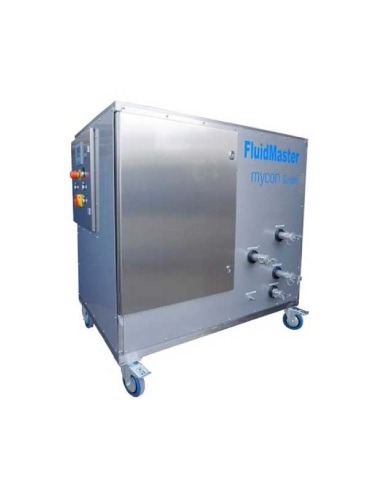
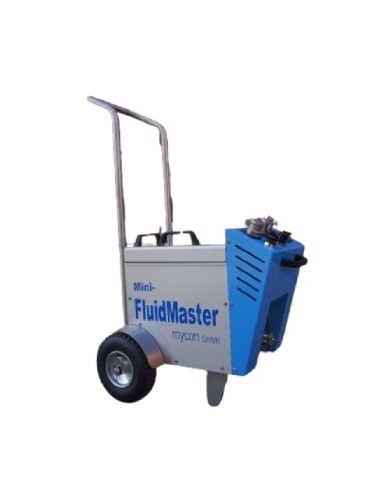
FluidMaster cleans closed heat exchanger systems
For smaller cleaning tasks, mycon has developed the Mini-FluidMaster device. Mini-FluidMaster is easy to transport and can also be used for poorly accessible positioning of heat exchangers. Mini-FluidMaster is equipped with a pump. The flushing circuit can be used on both sides.
FluidMaster is equipped with PLC. The appropriate cleaning programme can be easily selected and started. The system has several sensors that indicate the development of pressure and volume flow as well as the temperature and PH value of the cleaning medium. FluidMaster is constantly monitored for leakage in all connections within the system and switches off automatically in case of leakage. Two different pump systems mean that FluidMaster can also be used for larger tasks.
All recorded values are constantly recorded and saved per second or minute, depending on the setting. The course of the cleaning process is therefore fully visible and can be documented in any desired form at any time during or even after cleaning. FluidMaster can therefore remain in operation for longer periods without on-site personnel monitoring.
FluidMaster operates at high flow rates.
FluidMaster cleans closed heat exchanger systems
For smaller cleaning tasks, mycon has developed the Mini-FluidMaster device. Mini-FluidMaster is easy to transport and can also be used for poorly accessible positioning of heat exchangers. Mini-FluidMaster is equipped with a pump. The flushing circuit can be used on both sides.
FluidMaster is equipped with PLC. The appropriate cleaning programme can be easily selected and started. The system has several sensors that indicate the development of pressure and volume flow as well as the temperature and PH value of the cleaning medium. FluidMaster is constantly monitored for leakage in all connections within the system and switches off automatically in case of leakage. Two different pump systems mean that FluidMaster can also be used for larger tasks.
All recorded values are constantly recorded and saved per second or minute, depending on the setting. The course of the cleaning process is therefore fully visible and can be documented in any desired form at any time during or even after cleaning. FluidMaster can therefore remain in operation for longer periods without on-site personnel monitoring.
FluidMaster operates at high flow rates.


Cleaning finned heat exchangers with the JetBoy SP
Heat exchanger cleaning with the JetBoy
JetMaster cleaning of lime deposits on hybrid coolers
Mini-FluidMaster trial.
JetMaster automation
JetBoy automation
Our advantages at a glance
- No damage/bending and calcification of the slats
- Deep cleaning extends cleaning intervals
- Preservation of the service life of the equipment
- Environmentally friendly & chemical-free cleaning
- Up to 95% less water consumption
- Significant energy savings
- Sensitive surfaces such as soft coatings, graphite, glass, foils etc. can be intensively cleaned without damage
Application Examples
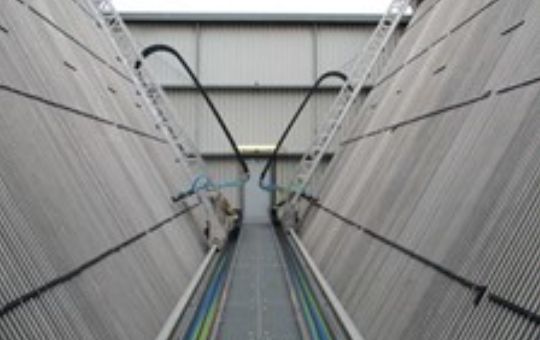
Automated cleaning system JetMaster AS
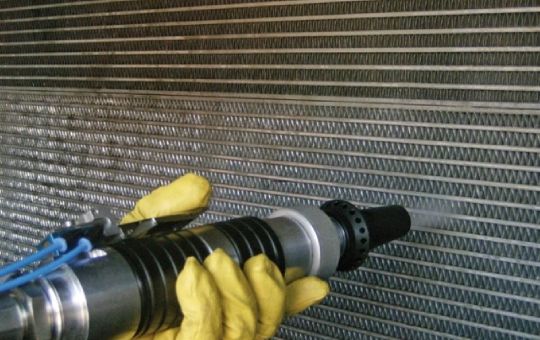
Manual cleaning of finned heat exchangers
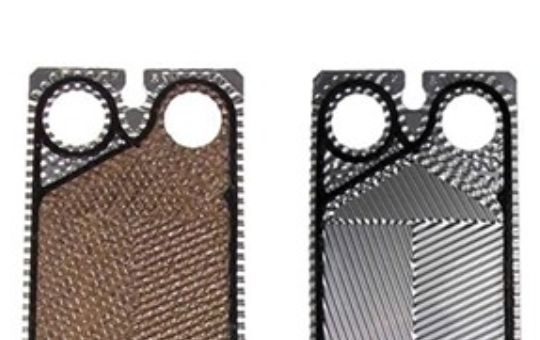
Plate heat exchanger before and after cleaning
